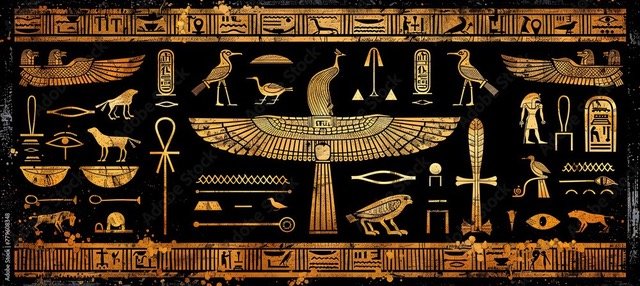
HYPNOTHERAPY TIMELINE
Hypnotherapy, the use of hypnosis for therapeutic purposes, has a long history that spans centuries and encompasses various cultures and disciplines.
The origins of hypnotherapy can be traced back to ancient civilizations. The Egyptians, Greeks and Romans practiced forms of hypnosis for healing purposes. The ‘Sleep Temples’ of ancient Egypt, for instance, were places where individuals sought healing through dreams and altered states of consciousness. Adepts would induce deep relaxation in people and communicate in their semi-asleep state, encouraging healing on all levels, physical, mental and emotional.
In ancient Greece, the physician Hippocrates, often considered the father of modern medicine, wrote about the healing potential of induced trances. Similarly, in ancient India and China, meditation and trance-like states were used for healing and spiritual development. These early practices laid the groundwork for the more formalised study and application of hypnotherapy.
Modern hypnotherapy began in the 18th century with Franz Anton Mezmer, an Austrian physician who proposed that an energetic exchange occurred during the process of hypnosis and his practices gained widespread popularity.
The 20th century saw significant advancements in hypnotherapy with a focus on integrating it into mainstream psychology and medicine and Milton H. Erickson, an American psychiatrist and psychologist, revolutionized the field with his innovative approaches. His work demonstrated the versatility of hypnosis in treating various psychological and medical conditions.
The latter half of the 20th century and early 21st century saw a surge in scientific research on hypnotherapy with studies examining the neurological and psychological mechanisms underlying the hypnotic state. Soon after Clinical Hypnotherapy gained recognition as a valid therapeutic modality.
As research continues to uncover the intricacies of the human mind and the mechanisms of hypnosis, the future of hypnotherapy promises further integration into mainstream healthcare, offering hope and healing to countless individuals worldwide.


